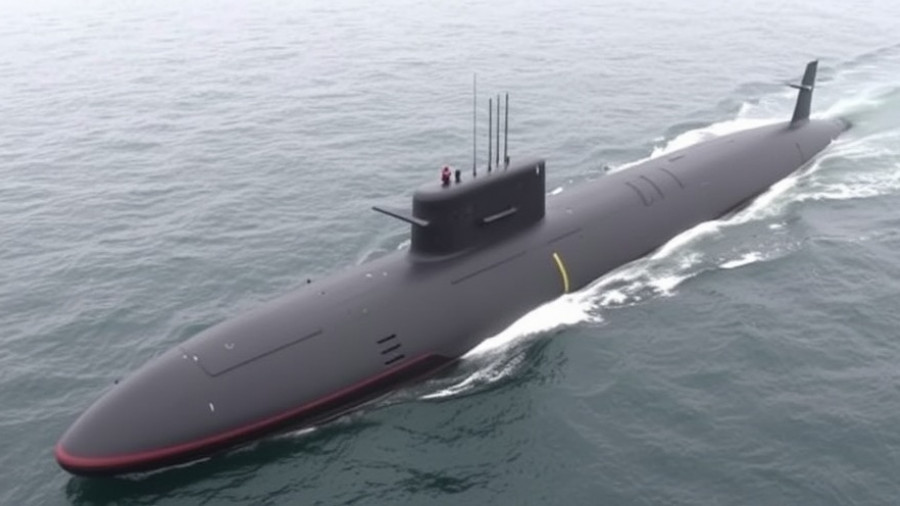
Germany's Bold Move: Integrating SPY-6 into F127 Frigates
In a momentous decision for international naval defense, the German government has officially opted for Raytheon's SPY-6(V)1 radar system to be installed on its forthcoming F127 frigates. This procurement not only marks Germany as the first country outside the U.S. to embrace this advanced radar technology but also signifies an enhanced commitment to strengthening NATO’s maritime defenses. With this move, Germany is set to enhance its already robust naval architecture, thereby aligning its capabilities with the latest advancements in military technology.
Unveiling the SPY-6(V)1 Radar
The SPY-6(V)1 radar, a hallmark of modern naval combat systems, is known for its sophisticated design featuring four array faces—each containing 37 radar modular assemblies. This configuration guarantees comprehensive, 360-degree situational awareness, a critical feature for air and missile defense operations. With its scalable and modular nature, the SPY-6 radar can simultaneously track aerial threats while also performing surface target surveillance and electronic warfare tasks. As noted by Raytheon’s president of Naval Power, Barbara Borgonovi, integrating SPY-6 will equip the German Navy with a multi-mission solution, allowing for quicker and more informed decision-making during naval operations.
Global Significance and Future Implications
Germany’s selection of the SPY-6 radar signals a growing trend among NATO allies to harmonize defense capabilities with those of the U.S. This alignment enhances not just individual nation’s security but collectively fortifies the alliance against evolving global threats. The SPY-6 will aid in countering advanced challenges including hypersonic missiles and stealth aircraft, operational enhancements that are crucial for contemporary naval engagements. As such, the F127 frigates equipped with SPY-6 are poised to play a vital role in NATO missions and could influence defense strategies across Europe.
Technological Edge and Industrial Impact
The integration of SPY-6 technology is set to drastically improve the capabilities of Germany’s naval forces. With its modular and scalable framework, the system promises to ease operational pressures on crew members while significantly enhancing the efficiency of naval missions. Raytheon’s Radar Development Facility in Andover, Massachusetts, remains a cornerstone of this technological leap. The facility’s advanced automation and testing capabilities assure a steady production line for U.S. and allied defense operations.
The Path Ahead for Germany and NATO
With expectations for the first F127 frigate to be mission-ready by 2034, the timeline for integrating the SPY-6 will likely include comprehensive testing phases. Germany's decision resonates with the broader NATO Realignment Plan, designed to enhance transatlantic defense collaboration while responding to the dynamic landscape of defense needs. By investing in SPY-6 technology, Germany continues to lead in modern maritime warfare capabilities, reinforcing its role as a crucial NATO player in securing peace and stability in contested regions.
Final Thoughts: A Commitment to Defense Innovation
Germany’s acquisition of the SPY-6 radar system encapsulates a strategic commitment to maintaining maritime security amid evolving global challenges. For the German Navy, equipping F127-class frigates with this cutting-edge technology bolsters operational readiness and aligns them closely with U.S. maritime capabilities. As the project unfolds, it will be crucial for NATO allies to monitor and adapt to these advancements, ensuring that collective defense frameworks remain robust and future-ready.
 Add Row
Add Row  Add
Add 




Write A Comment